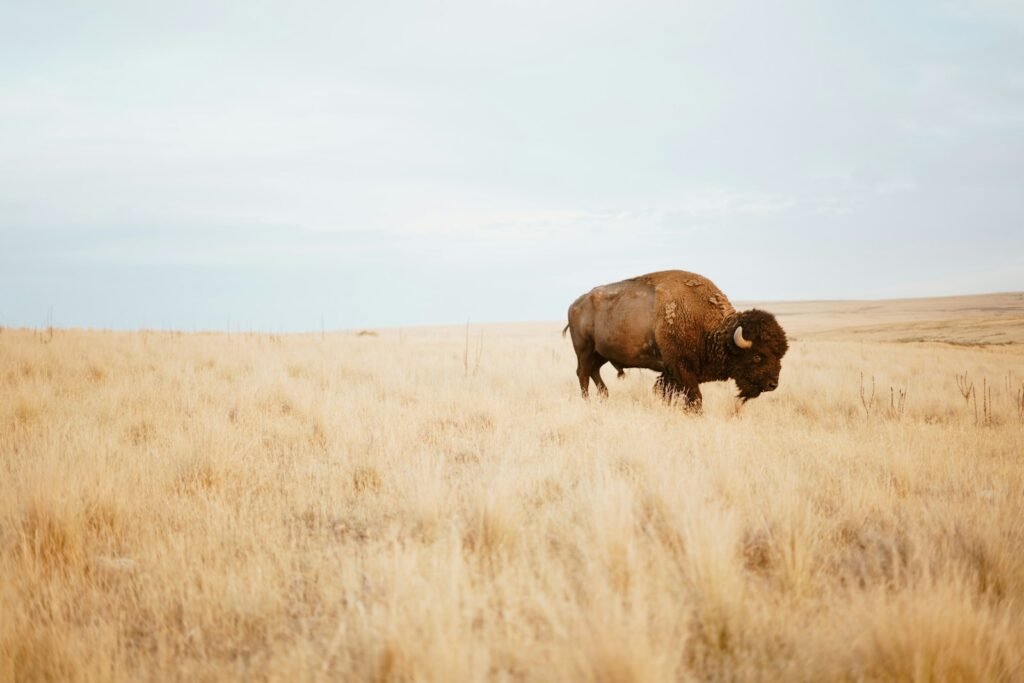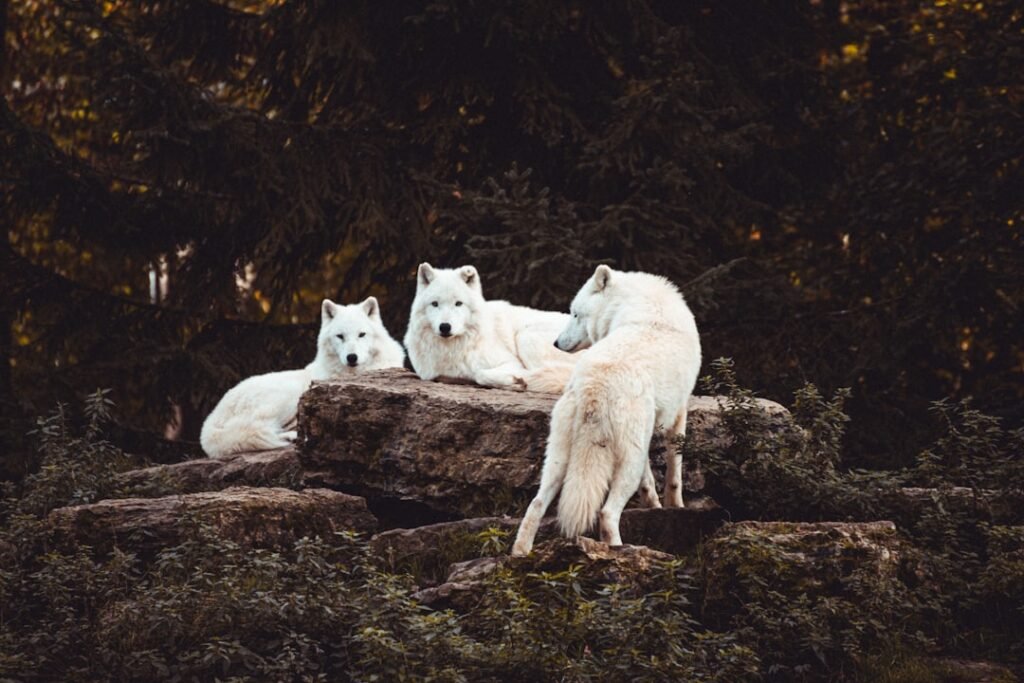It’s almost impossible to imagine that a creature could vanish from the wild and then, decades later, make a dramatic comeback—thanks to the wonders of science. Yet, the black-footed ferret, with its bandit-like mask and playful nature, has done just that. Once believed to be lost forever, this small predator’s journey from extinction’s edge is not only gripping, but it also offers hope for the future of endangered species worldwide. The heart-pounding story of the black-footed ferret is a mixture of heartbreak, hope, and human ingenuity, all woven together by the extraordinary leap of cloning. Are you ready to discover how science breathed new life into one of America’s rarest animals?
The Black-Footed Ferret: A Ghost of the Prairie
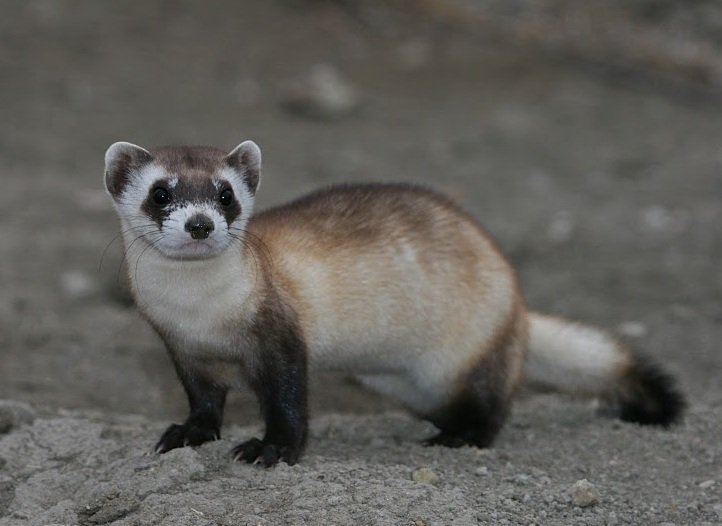
The black-footed ferret once roamed the vast grasslands of North America, darting through prairie dog burrows and thriving in the wild. With sleek bodies and distinctive black markings on their feet, tails, and faces, these ferrets are the only native ferret species in North America. Their existence was tightly bound to prairie dog colonies, relying on them for both food and shelter. However, as people converted prairies into farmland and targeted prairie dogs as pests, the ferrets’ world began to vanish. By the late 1970s, many believed this elusive animal had disappeared forever, becoming a ghostly legend among conservationists.
From Extinction to Rediscovery: The Last Stand in Meeteetse
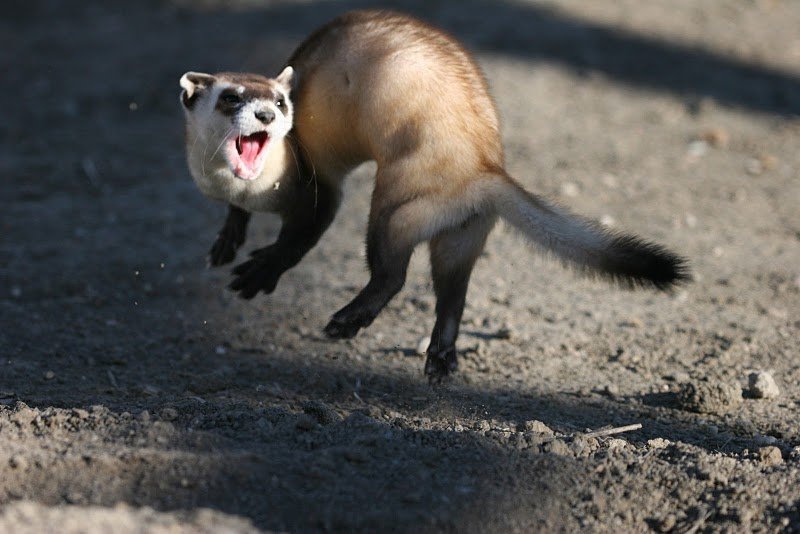
In 1981, a ranch dog in Meeteetse, Wyoming, startled the world by finding a living black-footed ferret. This accidental discovery triggered a flurry of excitement and disbelief among scientists who had already written the species off as extinct. Biologists rushed to the site, only to find a fragile population hanging by a thread. Disease and habitat loss threatened these last survivors, and their numbers dwindled alarmingly fast. The rediscovery was both a miracle and a warning: if nothing changed, the black-footed ferret would be lost again, this time for good.
Captive Breeding: A Race Against Time
Faced with extinction, wildlife experts made the heart-wrenching decision to capture the remaining ferrets and bring them into captivity. The plan was bold but risky—could they breed enough animals to save the species? The first years were fraught with setbacks, as diseases like canine distemper ravaged the small captive population. Despite the odds, dedicated teams worked tirelessly to care for, breed, and protect the ferrets. Over time, the captive breeding program became a beacon of hope, with carefully managed pairings and round-the-clock care leading to a slow but steady increase in numbers.
Genetic Bottleneck: The Hidden Threat
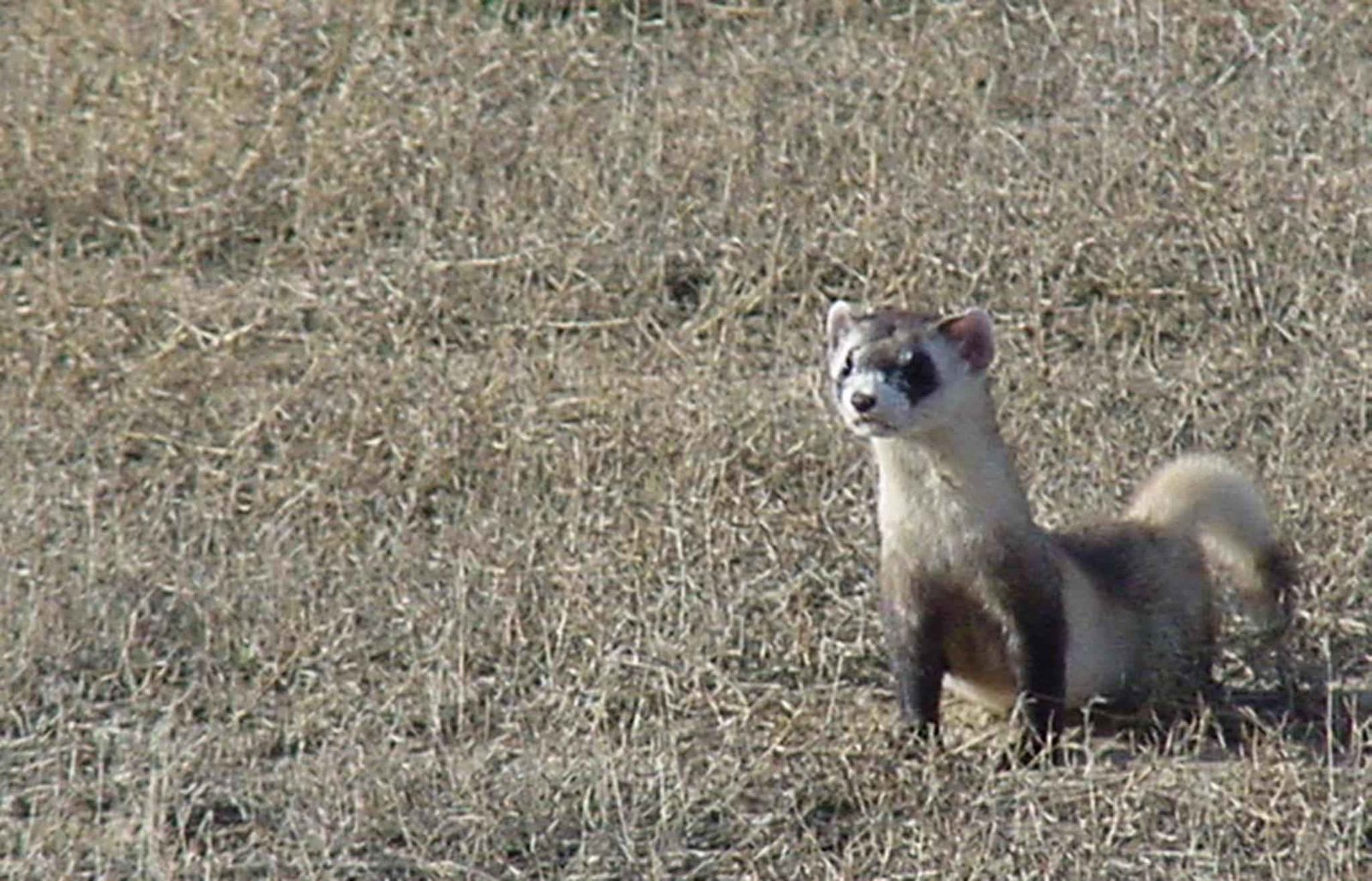
While the breeding program celebrated its successes, a new challenge emerged: genetic diversity. Every black-footed ferret in captivity descended from just seven wild founders, making the population dangerously inbred. This genetic bottleneck meant the animals were more susceptible to disease, genetic disorders, and infertility. Scientists worried that without fresh genes, the species might be doomed to fade away, even as their numbers on paper grew. The search for solutions became urgent, sparking creative ideas and tireless research.
The Marvel of Cloning: A Scientific Leap
In a jaw-dropping twist, scientists turned to cloning—a technology once confined to science fiction. Using preserved cells from a long-dead female ferret named Willa, researchers embarked on an unprecedented experiment. With the help of advanced techniques, they created embryos using Willa’s DNA and implanted them into surrogate mothers. Against all odds, a healthy kit named Elizabeth Ann was born in 2020. This marked a landmark moment—not just for ferrets, but for all endangered species—proving that cloning could restore lost genetic diversity.
Elizabeth Ann: The First Cloned Black-Footed Ferret
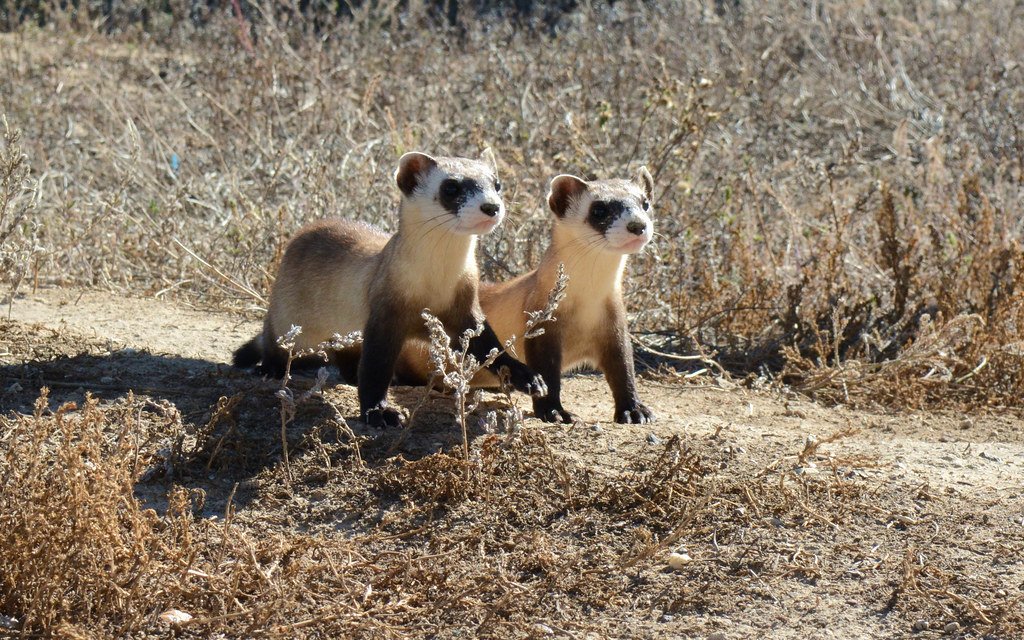
Elizabeth Ann’s arrival was nothing short of miraculous. She looked and acted just like any wild black-footed ferret, but her genes offered a bridge to the past—a lifeline from an ancestor who had never met the living population. Scientists observed her with awe and care, hoping she would thrive and eventually contribute her precious genes to the species. Her playful antics and healthy development inspired hope, showing what determination and science can achieve when united by a common cause.
Challenges and Controversies: Cloning Under the Microscope
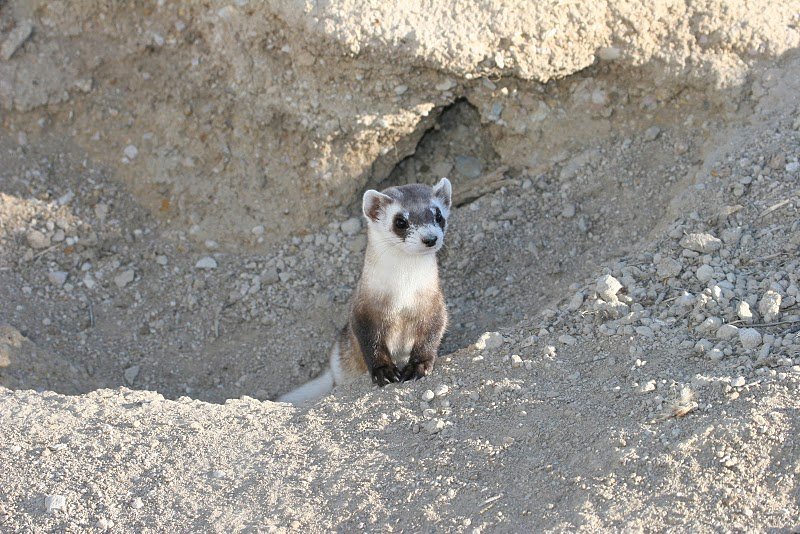
The use of cloning in conservation is not without controversy. Some critics argue that resources might be better spent protecting habitats or fighting poaching. Others fear unforeseen consequences, such as health issues in cloned animals or ethical dilemmas. Yet, supporters point out that cloning is not a replacement for traditional conservation, but a powerful tool to complement ongoing efforts. The black-footed ferret’s story ignites passionate debate about how far we should go to save a species and what it means to truly bring a creature back from the brink.
Ecological Importance: More Than Just a Ferret
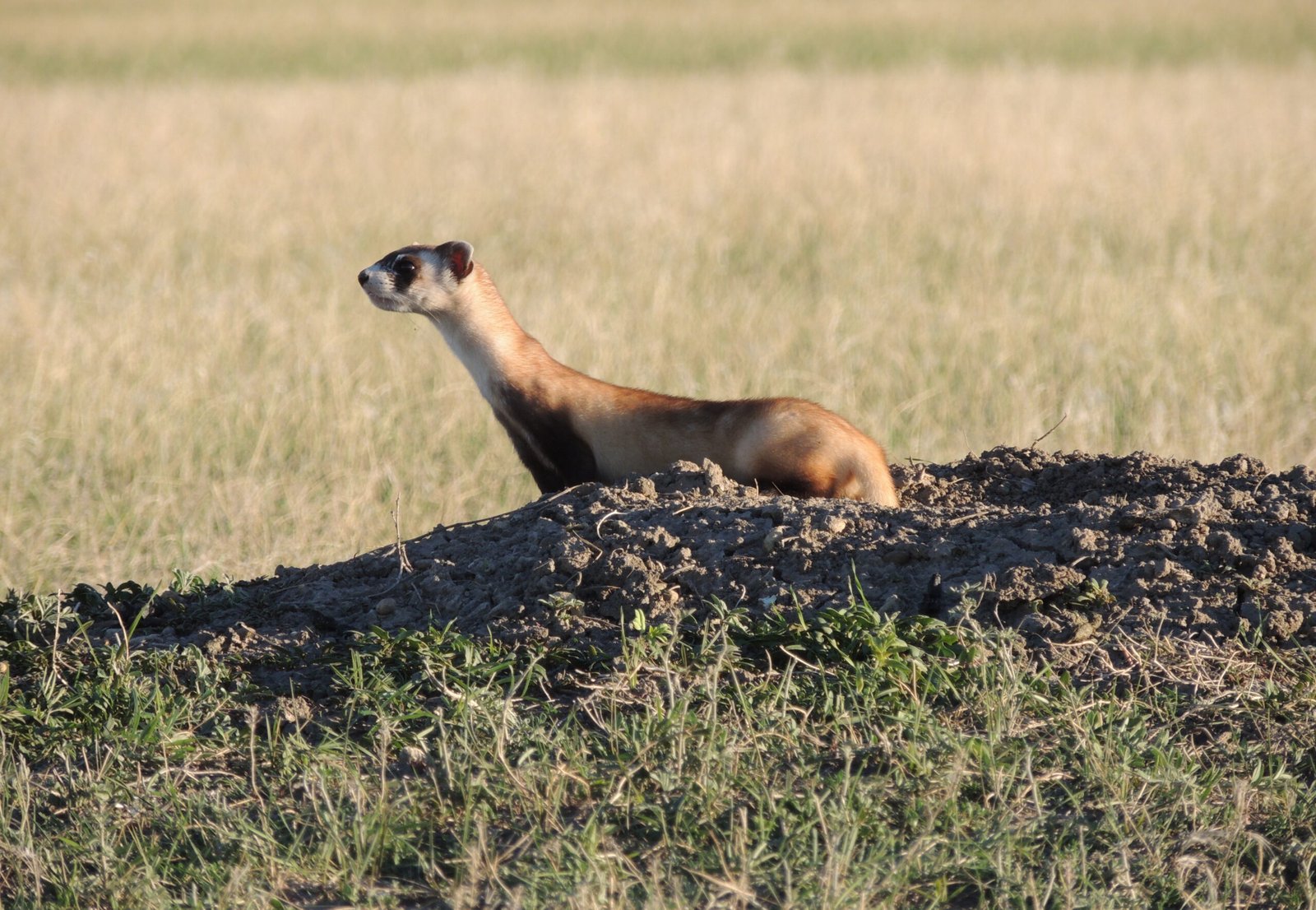
Black-footed ferrets are not just adorable animals—they are crucial players in the prairie ecosystem. By preying on prairie dogs, they help balance populations and maintain healthy grasslands. Their presence signals a thriving, interconnected web of life, supporting many other species. Losing the ferret would have meant more than losing a single animal; it would have created ripples across the entire landscape. Their return offers hope for restoring the prairies themselves, highlighting how saving one species can benefit countless others.
Community Involvement: A Shared Triumph
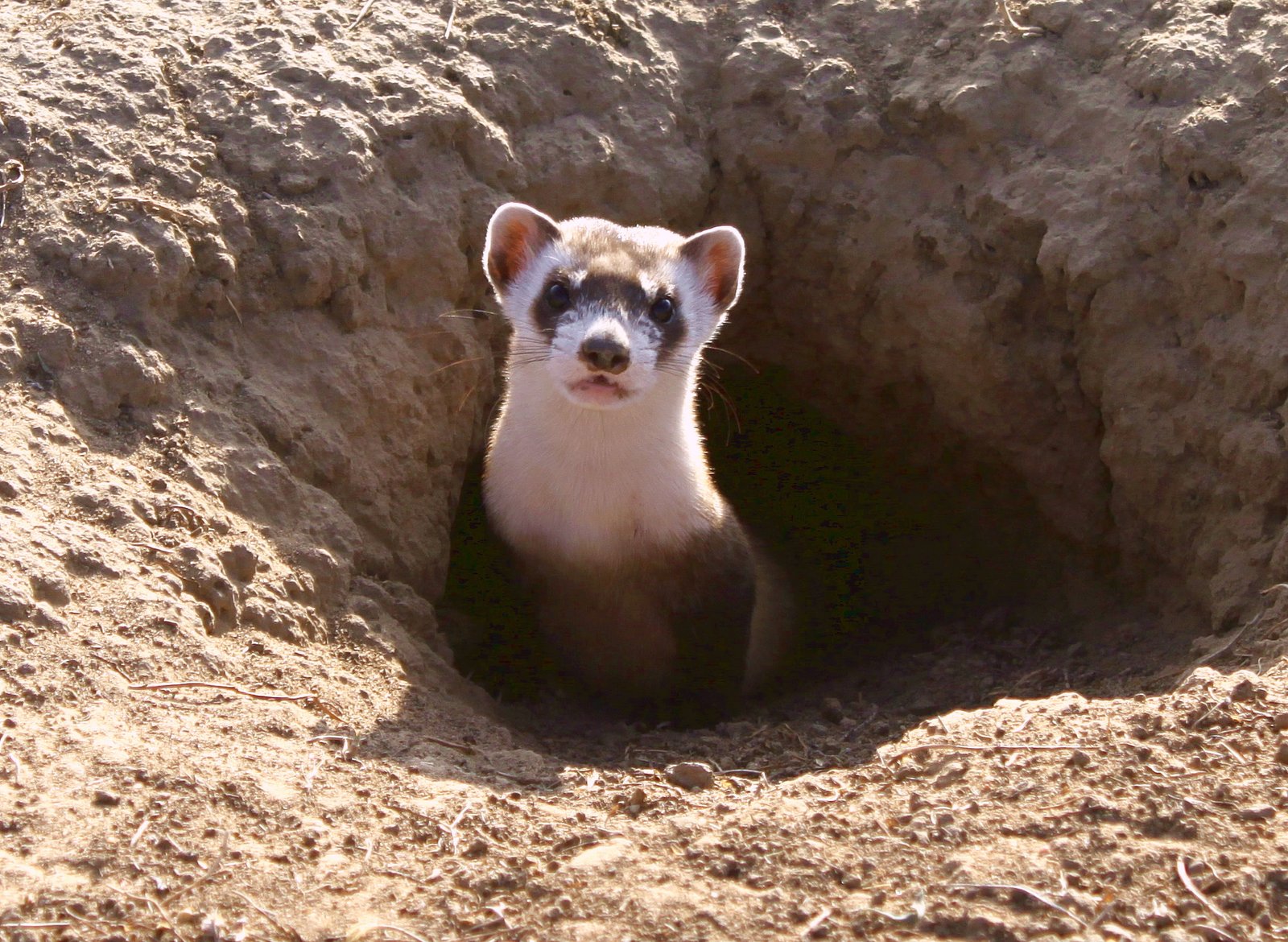
The comeback of the black-footed ferret is not the work of scientists alone. Ranchers, wildlife agencies, Native American tribes, and everyday citizens all played vital roles. Together, they monitored reintroductions, provided land for habitat, and educated the public about the importance of ferrets. Their cooperation shows what’s possible when communities unite for a common purpose. This shared triumph inspires others to get involved, reminding us that anyone—no matter where they live—can be part of protecting our planet’s rarest creatures.
Lessons for the Future: Hope Beyond the Ferret
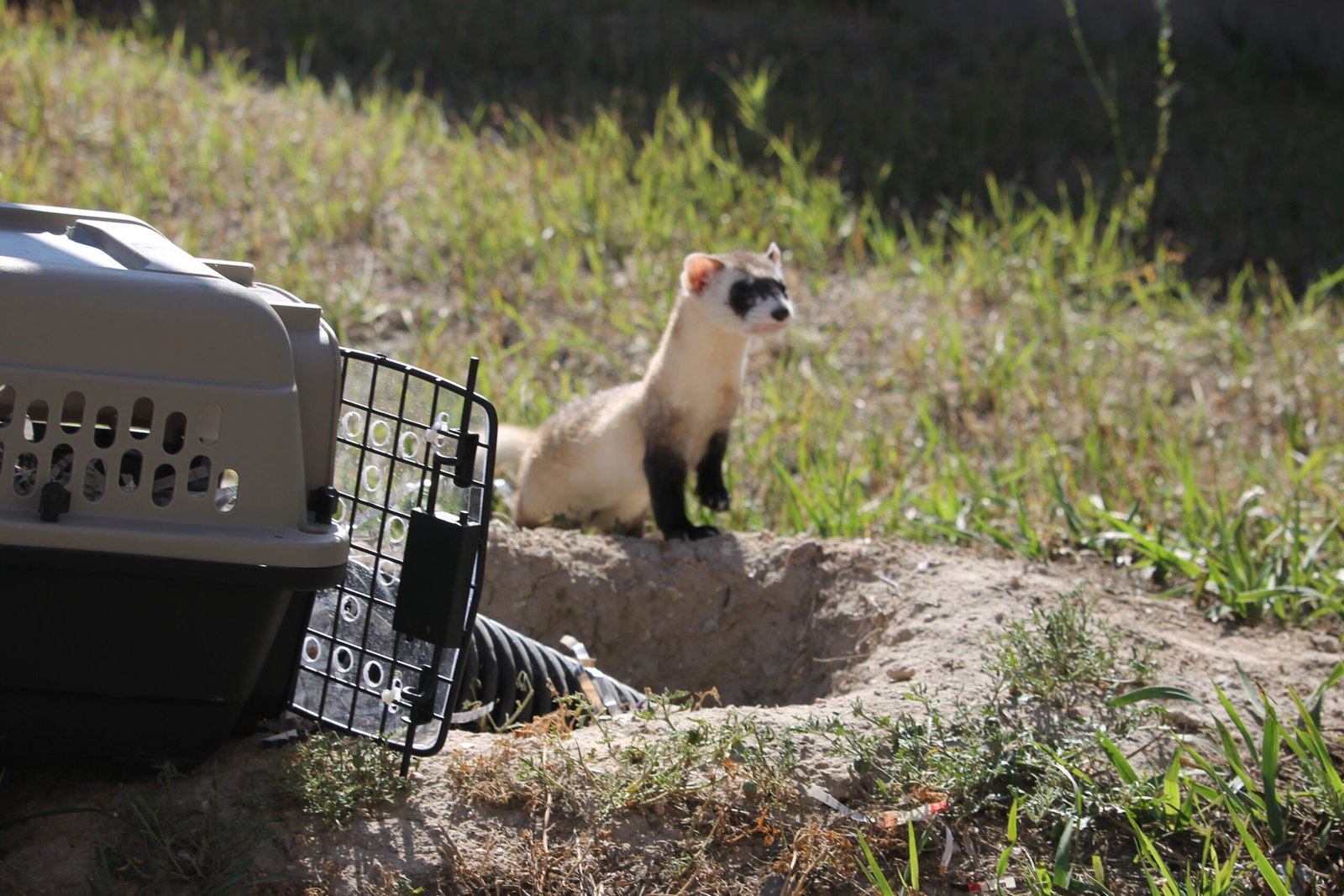
The black-footed ferret’s story is a beacon for other endangered animals facing similar threats. It shows that even species teetering on the brink can be saved with creativity, dedication, and bold science. Cloning and genetic rescue open doors for conserving animals whose genetic pools have shrunk dangerously small. As technology progresses, these tools may become lifelines for countless other creatures. The tale of the black-footed ferret urges us to look beyond today’s challenges and dream bigger for the world’s most vulnerable wildlife.
Reflections on Resilience and Renewal
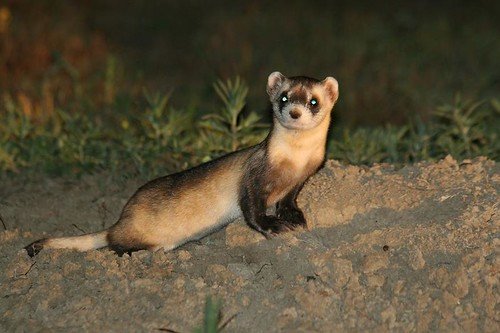
The journey of the black-footed ferret—from oblivion to resurgence—is nothing short of inspiring. It’s a testament to resilience, scientific innovation, and the power of collective action. The ferret’s playful eyes seem to ask us: if we can save one species on the edge, what else is possible when we work together? Their story is a reminder that hope is never truly lost, and sometimes, the most astonishing comebacks begin when we dare to believe in the impossible.


